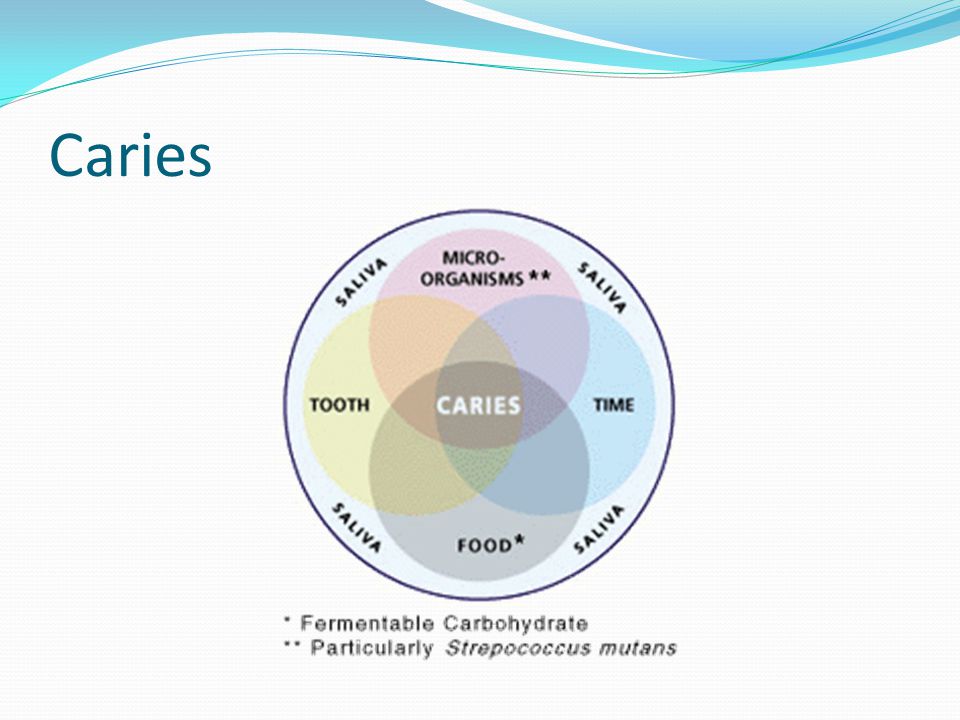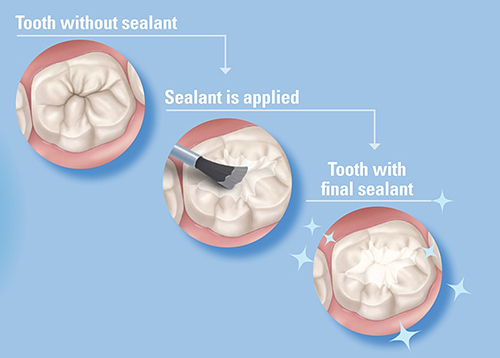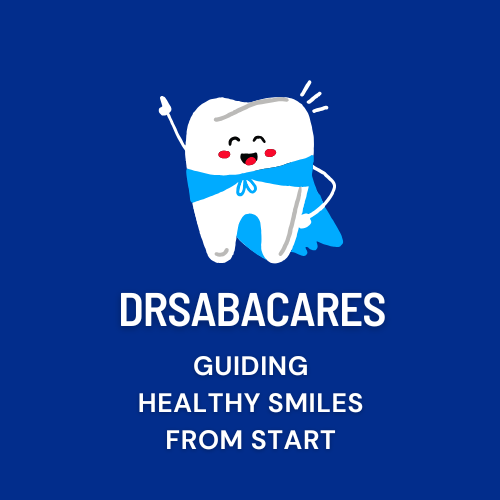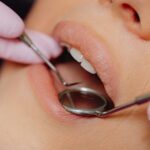Cavities in children are more common than asthma, hay fever, or any chronic illness. As both a dentist and a parent, I see how frustrating—and preventable—this issue can be. With the right information and a few consistent habits, you can help your child build a strong foundation for lifelong oral health.
Let’s break it down in simple steps, with science-backed explanations and practical parenting tips
What Are Cavities, and Why Do Kids Get Them ?
Cavities (or dental caries) are caused by bacteria in the mouth that feed on sugars. These bacteria produce acids that wear down the enamel—the outermost protective layer of the tooth. Over time, this leads to holes or decay.
According to Shafer’s Oral Pathology, four main factors contribute to cavity development:
- Host (the tooth)
- Bacteria
- Sugar (diet)
- Time
This is known as the “Caries Tetrahedron.” If all these elements are present often enough, decay will follow.

🪥 Step-by-Step: How to Prevent Cavities in Kids
1. Begin Oral Care Before the First Tooth
- Wipe your baby’s gums daily with a clean, damp cloth.Teething & Baby Teeth: What Every Parent Should Know
- Once the first tooth appears, start brushing with a soft brush and a smear of fluoride toothpaste (about the size of a grain of rice)Brushing and Flossing Tips for Babies: A Parent’s Guide to Early
2. Brush Twice a Day—Every Day
- Use a pea-sized amount of fluoride toothpaste once your child can spit.
- Brush for 2 full minutes, especially after breakfast and before bed.
- Help or supervise brushing until your child is around 7–8 years old
3. Use Fluoride Wisely
- Fluoride strengthens enamel and reverses early decay.
- Make sure your child is brushing with fluoride toothpaste.
- Your dentist may apply fluoride varnish during checkups for added protection.
Diet: A Key Player in Cavity Prevention
✅ Tooth-Friendly Foods
- *Milk, cheese, and plain yogurt –provide calcium and phosphate for strong enamel.🧀🥛
- *Raw veggies and fruits like apples, cucumbers, and carrots – clean the teeth and increase saliva.🍎🥒🥕
- *Whole grains, nuts, and seeds – less likely to cause plaque buildup.🌾🥜
- *Water (especially fluoridated) – keeps the mouth clean and neutralizes acids.
- ****kindly check for allergies for your kids before you introduce them .
🚫 Foods to Limit
- Sticky snacks (e.g. fruit roll-ups, gummies, caramel) cling to teeth longer.🍫.🍬
- Sugary drinks (e.g. juice, soda, chocolate milk), especially when sipped throughout the day.🥤🧃
- Frequent snacking without a break prevents saliva from neutralizing acids.
🧠 Did you know? According to Shafer’s, repeated exposure to sugar—even in small amounts—can be more damaging than an occasional treat. It’s the frequency, not just the quantity, that increases decay risk.
🧑⚕️ Sealants & Professional Care: Extra Protection That Works
Even with perfect brushing, back teeth (molars) can be hard to clean—especially for little hands. That’s where sealants come in.
What Are Dental Sealants?
Sealants are thin, protective coatings applied to the chewing surfaces of molars. They seal the tiny grooves and pits where food and bacteria often hide

Why They Work:
- Sealants can reduce the risk of cavities in molars by up to 80%.
- They’re quick, painless, and applied in one visit.
- Recommended for first permanent molars (around age 6) and second molars (around age 12).
Don’t Skip Routine Checkups:
- Your dentist checks for early signs of decay, offers professional cleaning, and can reapply fluoride or sealants as needed.
- Regular care helps catch small issues before they become big problems.
👩👧 Smart Habits for Home
Avoid bottles or sippy cups with milk or juice at bedtime.🍼🍹
Introduce flossing when your child has two teeth that touch.
Make brushing fun: Use timers, music, or brushing charts.🪥 Making Brushing Fun for Kids: Say Goodbye to Toothbrushing Battles!
Be a role model—brush together as a family👨👩👧👦
💡 Final Thoughts: Prevention is a Team Effort
Cavities don’t just happen—they build up over time. By focusing on daily brushing, smart eating habits, professional care, and protective treatments like sealants, you can prevent most dental problems before they start. 😊
Remember, a healthy smile starts at home—and your child’s future self will thank you for it.




